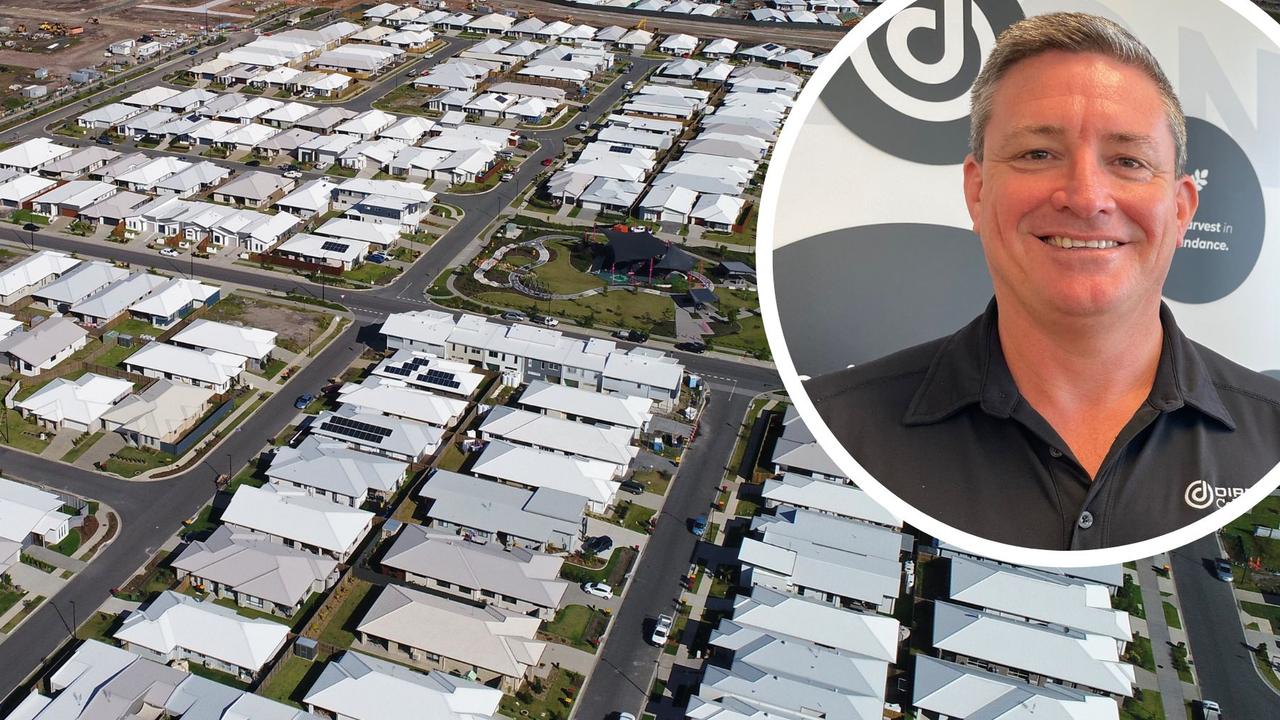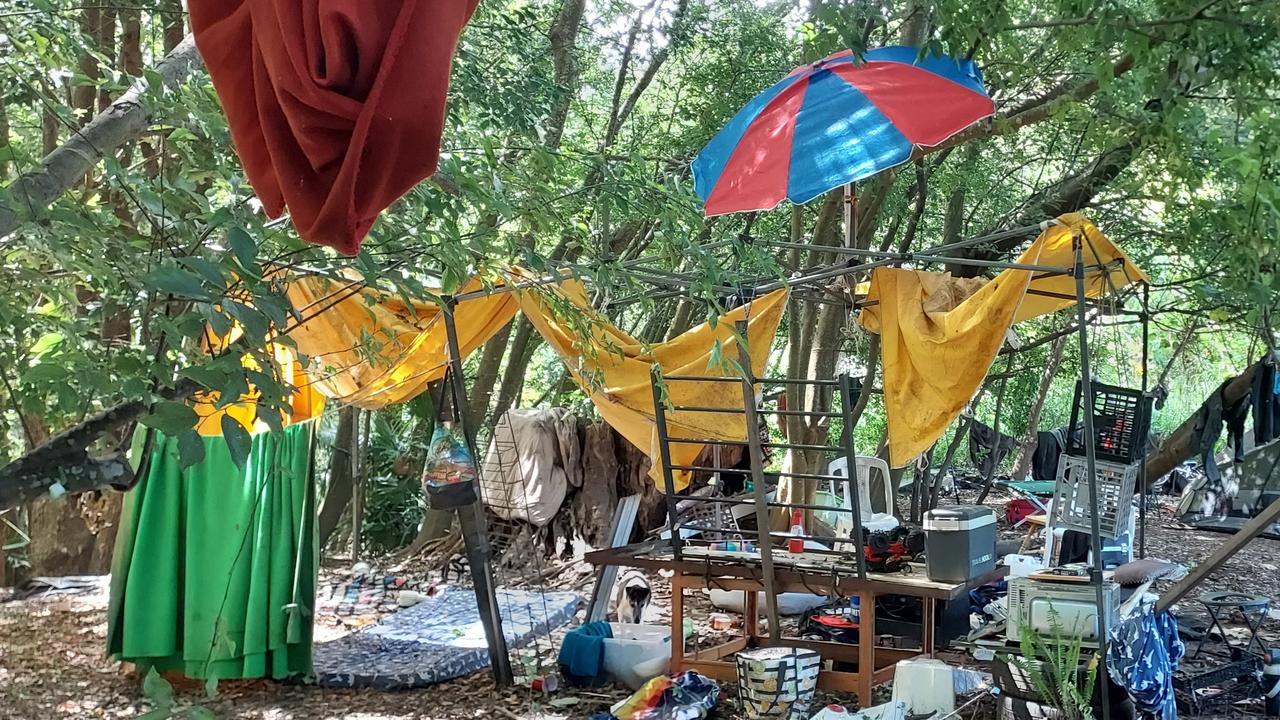Property firm warns of homelessness crisis on Sunshine Coast
The rental market is set for a bleak future with “shanty towns” likely to pop up on the Sunshine Coast ahead of the Olympics, says one property firm demanding radical action.

Sunshine Coast
Don't miss out on the headlines from Sunshine Coast. Followed categories will be added to My News.
The Sunshine Coast rental market faces a bleak future with “shanty towns of non-approved accommodation” likely to pop up ahead of the Olympics unless 87,000 homes can be built by 2041, a recent report states.
Direct Collective chief operating officer Mal Cayley said the Sunshine Coast was likely to be home to about 587,000 people by 2041, 67,000 more than the estimated government forecast.
“To meet the forecast demand, the Sunshine Coast would need to supply 87,000 new dwellings by 2041; circa 3500 per annum,” he said.
“At best, new dwelling supply has averaged 3000 per annum.”
Mr Cayley said the Sunshine Coast Council had dropped the ball in housing development for the area and called for more red tape to be cut to facilitate developments.
“We wouldn’t have the depth of crisis we have today if we had have delivered the level of property that could have been delivered if the planning scheme had have been applied in the way in which it was intended,” he said.
“We’ve got cultural issues within the planning departments of council and we’ve got councillors who have been resistant to development.
“But community has got some part to play in that, so you’ve got a whole range of scaremongering or at very best a lack of education. We need political courage and radical action.”
Mr Cayley warned that the Sunshine Coast would likely see “shanty towns” popping up as people struggle to find housing.
“I believe that unless radical change is made to increase housing supply then we’ll see shanty towns of non-approved accommodation like shipping containers grouped in non-approved locations taking over parkland and it will become an accepted form of accommodation here before the Olympics,” said Mr Cayley.
But Organisation Sunshine Coast Association of Residents president Melva Hobson said they strongly supported the planning scheme and that they hoped council would not make any knee-jerk reactions.
“We hope that the council won't rush into anything that will disadvantage the feel and sense of community on the Sunshine Coast because that is really important,” she said.
“We need to ensure that whatever happens that is not threatened.”
Ms Hobson said issues around rising levels of short-term accommodation and affordability were major contributing factors to the crisis.
“We can build as many houses on the coastal strip as we like but none of them will be affordable,” she said.
“We have to look past the traditional ‘let’s just build more and more houses’ and accommodate people according to their need.
“We need to look outside the box before we go building in areas we shouldn’t be.”

A Sunshine Coast Council spokeswoman said they were well aware of issues with housing affordability and homelessness for people on the Sunshine Coast and that the council had a long history of effectively and sustainably managing growth.
“It is a situation that is difficult to quickly rectify, and all tiers of government (local, state and federal), as well as the private sector (including relevant industry associations and peak bodies) and the community housing sector need a plan to work together,” she said.
The spokeswoman pointed out that the state government funds only 2 per cent of the Sunshine Coast’s social and community housing compared to the 4.2 per cent average in Queensland.
“That means social and community housing on the Sunshine Coast, in one of the fastest growing areas in the state, is only half of that state average,” she said.
“Council will continue to advocate to the state government for changes to planning and other legislation.”

She said that the council’s role in facilitating housing supply was limited to identifying areas and allocating zoning.
“There are a large number of approved but as yet undeveloped sites on the Sunshine Coast that if activated can contribute to significant housing supply,” she said.
“Caloundra South and Palmview are the region’s largest greenfield areas currently under development and there also are a large number of approvals for smaller developments in both expansion and consolidation settings.
“These emerging communities will accommodate a significant proportion of the additional dwellings to 2041 and beyond.”
More Coverage
Originally published as Property firm warns of homelessness crisis on Sunshine Coast








